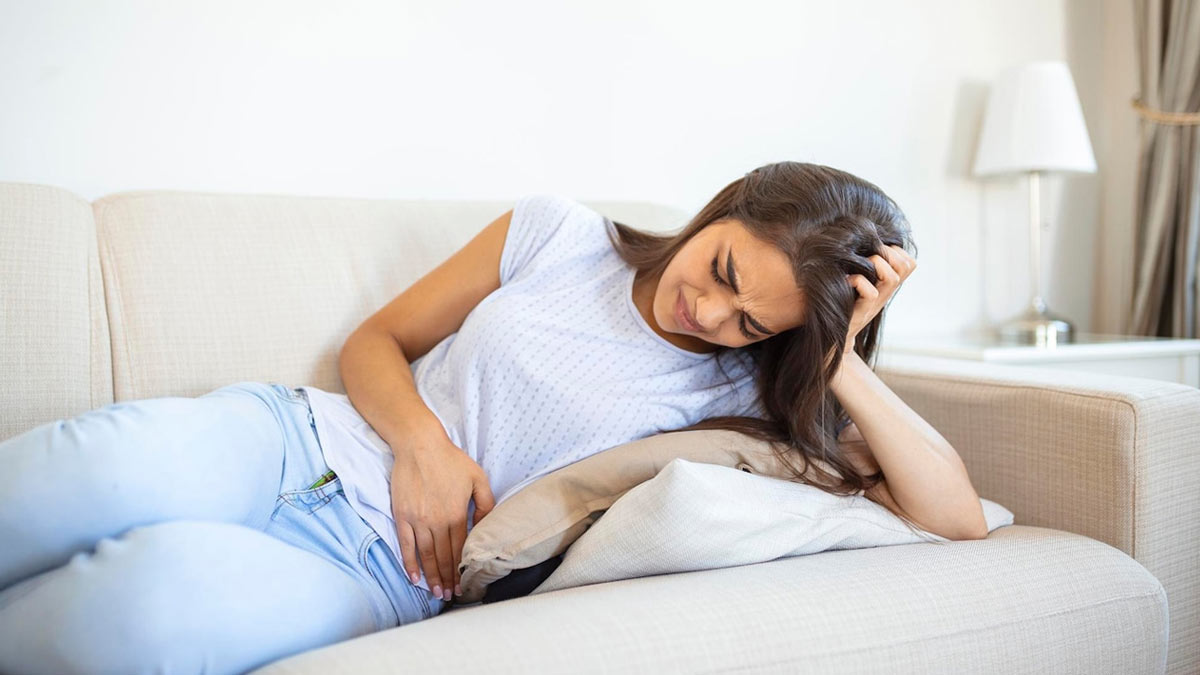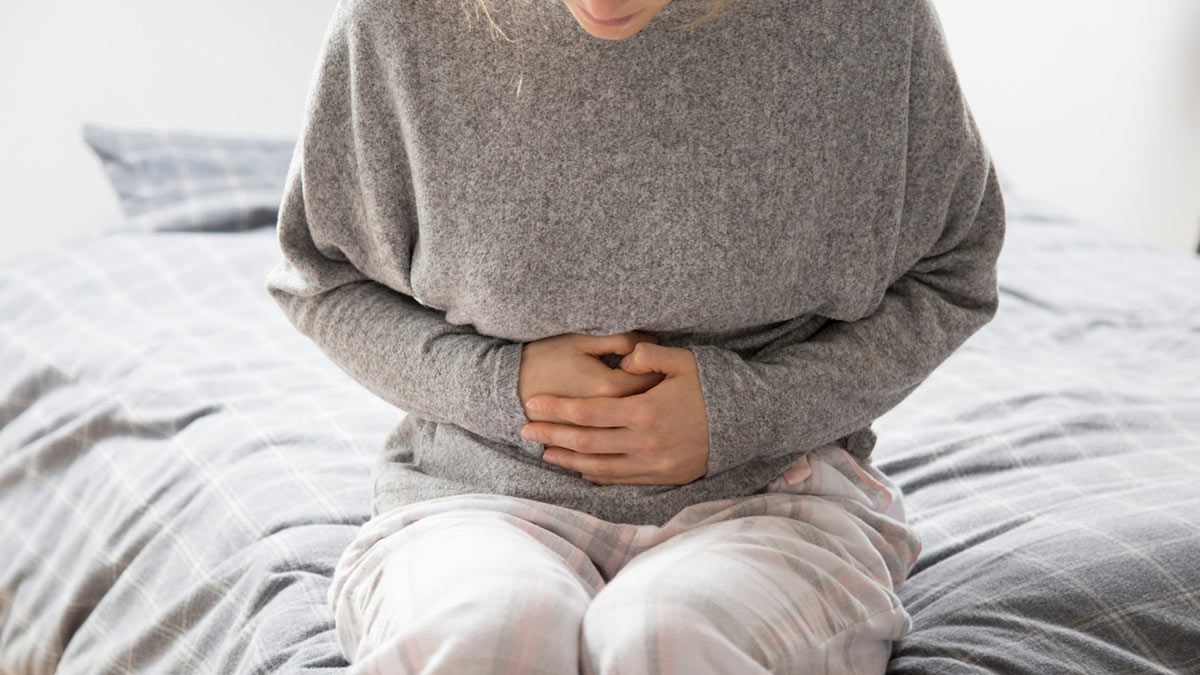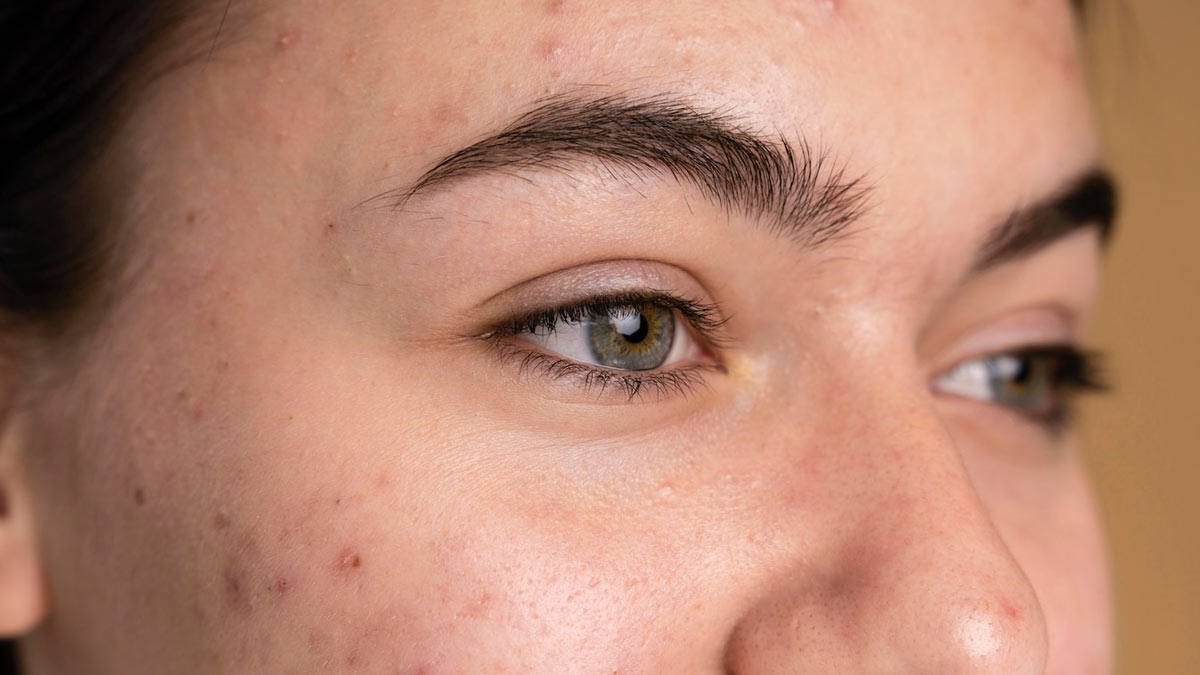
PCOS And PCOD Aren't The Same, Expert Explains Difference
Polycystic Ovarian Disease (PCOD) and Polycystic Ovarian Syndrome (PCOS) are extremely prevalent health issues that menstruators face today. Both these illnesses are connected to the ovaries and hormone functions.
As per UNICEF, Southern India and Maharashtra have about 9.13% of menstruating women in those regions suffering from PCOS, and 22.5% had PCOD.
Women with PCOD and PCOS face several health issues related to periods, weight gain, acne, etc. People often mistake these two disorders for one another. But are they really the same?
We spoke with Dr Meenu Vashisht Ahuja, an obstetrician and gynaecologist at Birla Fertility & IVF, to learn more about PCOD and PCOS and to understand the differences between the two.
Polycystic Ovarian Syndrome (PCOS)

PCOS causes the ovaries to produce more androgens than usual, interfering with egg development and release. Some follicles develop into cysts, which are little liquid-filled sacs. Eggs inside these follicles instead of being released after ovulation, form cysts, which accumulate in the ovaries and might become larger.
PCOS causes increased male hormone levels in the body, which can lead women to have irregular ovulation, difficulty in pregnancy, and suffer abnormal hair growth on their bodies and faces.
Over time, diabetes and heart disease can also develop as a result of this. PCOS is a serious medical condition that must be addressed with adequate treatment.
Polycystic Ovarian Disease (PCOD)

Every woman has two ovaries, which release one egg alternately each month. The ovaries generate trace amounts of androgens or male hormones.
1
2
3
4
PCOD (Polycystic Ovarian Disease) is a disorder in which the ovaries produce a large number of immature or partially mature eggs, which develop into cysts.
Abdominal weight gain, irregular periods, and infertility are all prevalent symptoms of PCOD.
In this disorder, the ovaries often swell and release significant levels of androgens, which can disrupt a woman's fertility and health.
The best PCOD treatment frequently focuses on minimising the intensity of such symptoms.
Difference Between PCOS And PCOD
- According to UNICEF, in PCOD, the ovaries start releasing immature eggs, which cause hormonal imbalances and other symptoms including swollen ovaries. Whereas, in PCOS, endocrine problems cause the ovaries to produce too much androgen, which increases the risk of eggs turning into cysts, which build up in the ovaries,
- PCOS is considered to be more serious than PCOD because the latter can often be treated by making informed lifestyle changes, whereas PCOS has more serious consequences and almost always requires external hormone intake.
- PCOD is more common than PCOS in women.
- Both hormonal disorders have an impact on fertility, but for women with PCOD, conception is almost always possible with a few extra precautions and little medical help. But in the case of women with PCOS disorder, conception is more difficult due to too many hormonal irregularities.
Don't miss- PCOS Awareness Month: Facts And Tips To Manage PCOS By Expert
Common symptoms For Both PCOS And PCOD

While some women experience symptoms around the time they get their first period, others don't notice symptoms until they've gained a lot of weight or are having trouble becoming pregnant. The following are the most prevalent PCOD or PCOS symptoms in females:
- Menstrual irregularities (oligomenorrhea)
- Menstrual absence or missed periods (amenorrhea)
- Excessive menstrual bleeding (menorrhagia)
- Abnormal hair growth (face, body – including on the back, belly, and chest)
- Acne (face, chest, and upper back)
- Weight Gain
- Loss of hair
- Skin pigmentation (neck and under the breast)
Don't miss: PCOS To Heredity, 5 Reasons Why Women Might Have Excess Facial Hair
Treatment for PCOD and PCOS
Typically, changes in lifestyle, such as weight loss, diet, and exercise, occur first in PCOD and PCOS therapy. Even a little (5–10%) weight reduction might have an effect on a patient’s menstrual cycle. The therapy will be determined by the symptoms, which may include metabolic difficulties, acne, and hair growth. These include:
Using certain medications to address the hormonal imbalance and insulin resistance.
Ovulation induction (to improve the quality and amount of ovulation) is carried out by giving oral medicines and injections.
Treatment of infertility with fertility drugs, control of unwanted hair growth, and treatment of acne and skin discolouration.
Ovarian drilling, a laparoscopic procedure, is done in PCOS patients who have not responded to hormone treatment to reduce the androgen-producing tissue from the ovaries.
Tips To Manage PCOS / PCOD
- A diet that helps in losing weight can help in the condition. Lowering weight helps in reducing insulin resistance, reducing cholesterol, and the risk of developing diabetes and heart disease.
- Women can lose weight by exercising at a moderate level for 20 minutes, five days a week. Weight loss caused by exercise decreases insulin resistance and improves ovulation.
- Early identification and administration of the most efficient treatment methods can aid in the management of PCOD and PCOS symptoms.
- A healthy lifestyle is essential for treating hormone imbalances and related diseases.
For more such stories, stay tuned to HerZindagi.
Also watch this video
Herzindagi video
1
2
3
4